How to Properly Take Care of Graying Hair
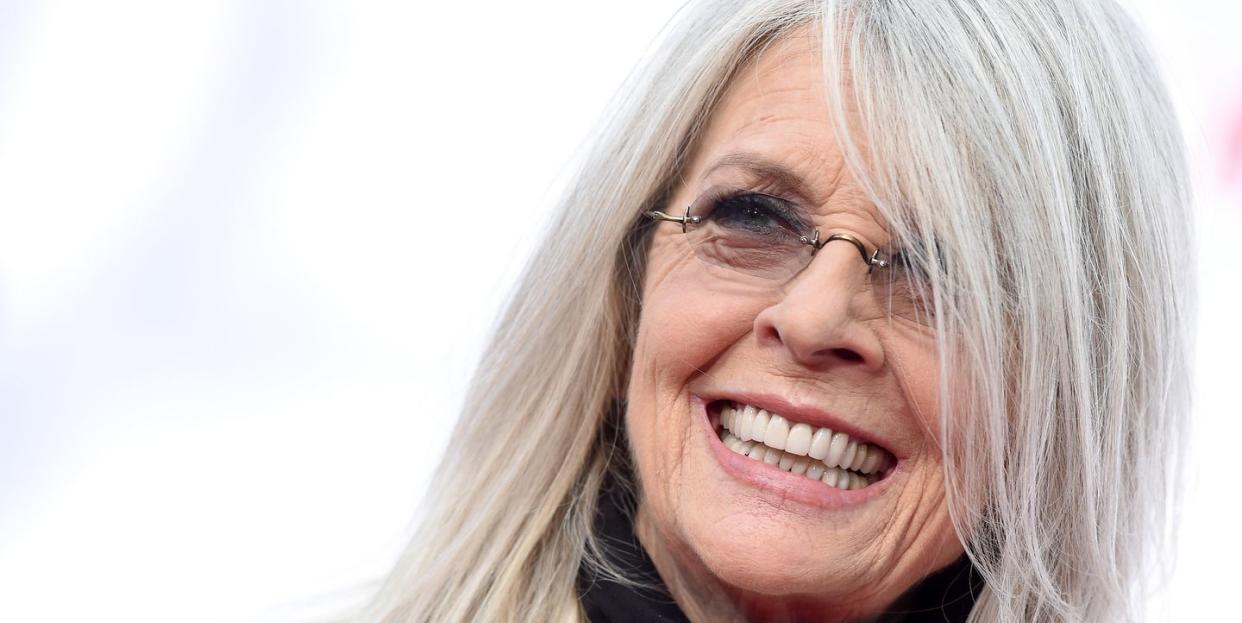
There are a number of things that are unavoidable in life, like wrinkles. Another perfect example: going gray. There comes a time were it is simply unavoidable, whether you're seeing a few simple streaks or you're well on your way to a full head of silver strands. And as your mane changes, so too must your routine.
We reached out to some of the foremost colorists and hairstylists to find out everything from the right kinds of products to use on gray hair, to how you can subtly mask the odd strand-or transition to fully gray. Read on to get the full rundown for how to make sure that your gray hair looks fabulous.
What causes hair to go gray?
It all starts with melanin-producing cells (called melanocytes), says Cristina Boatman, stylist and colorist at Takamichi Hair. "These cells are responsible for the pigmentation of the skin and hair. Each hair bulb has a stock of active melanocytes and a stock of dormant melanocytes. When the hair growth phase is complete, the hair follicle reconstitutes and imports dormant melanocytes to replace depleted active melanocytes. But when the stock of dormant melanocytes is also exhausted, the hair can no longer pigment and becomes white. As we age, our hair stops generating melanin, which is what gives our hair color."
Boatman adds that when we go gray and the shade of gray we go is largely determined by genetics. Stress however, is a major factor in your hair going gray according to a number of colorists and hair experts.
Can you reverse graying once it starts?
The simple answer is no, however you can take folic acid to slow down the graying process, or use antioxidant haircare to protect dormant melanocytes. Hairstylist Takamichi Saeki recommends using tsubaki (aka camellia flower) oil, which has been a beauty secret of Japanese women for centuries.
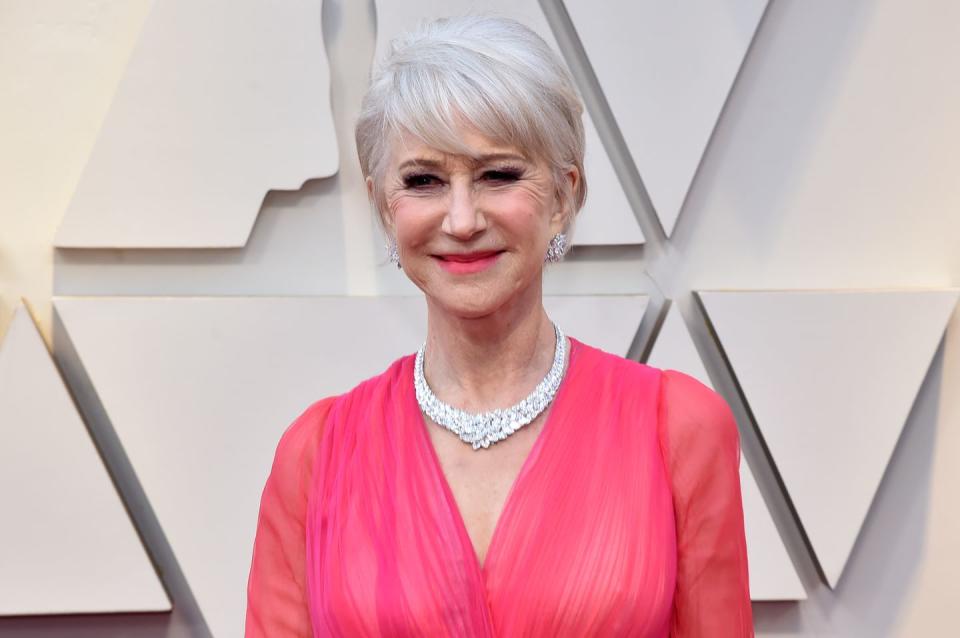
How do you transition from coloring your hair to going completely gray?
Maddison Cave, colorist at the David Mallett Salon, explains that if you are transitioning to a full head of gray hair, the best way to go about it depends on your natural haircolor. For example: if you are blonde, strategically highlight around your hairline and part so that your "natural highlights" blend with your blond.
If you are brunette, Cave has the fix. "I would suggest coloring your roots with a demi-permanent color that is within 1-2 shades of your natural color. Your don’t get 100% coverage with demi-permanent color, but it keeps your hair’s natural dimension and a more subtle demarcation line," she explains.
Celebrity colorist Rita Hazan also recommends moving to using a root concealer until the dyed color has grown out enough to look more natural.
Another way to go totally gray, per Hazan: "Just cut it short and let the hair grow in again."
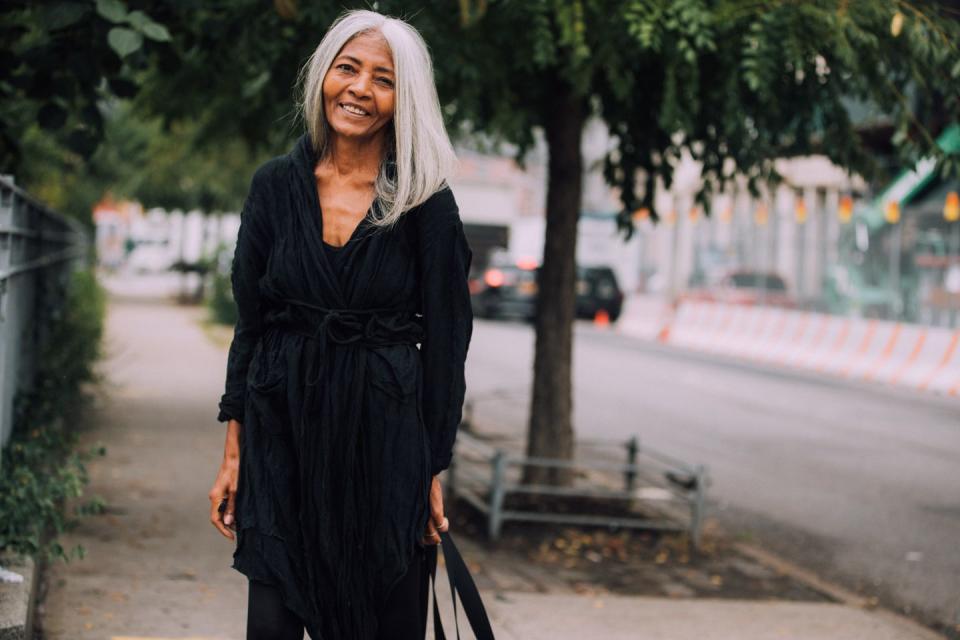
Is there a low-maintenance way to cover grays?
Sarah Spratt, colorist at Sally Hershberger in New York City explains that there are two options. You can place soft and subtle highlights throughout the hair with some brighter pops on the ends, which "creates a small trick on the eyes so the gray isn't the lightest color on your head any longer-distracting one's gaze off those pesky hairs."
The second method, according to Spratt, is to paint on the natural color to reduce the amount of gray showing. "It's like getting a full head of lowlights, but you must avoid the hairline and part otherwise it will look stripey and fake."
Spratt notes that you will still see grey with this option, but it does shave a few years off your look while remaining low maintenance as far as touch ups are concerned.
Once hair is fully gray, is the texture going to be different?
Yes. Gray hair can seem coarser because the oil glands in the scalp produce less sebum, which will result in drier and tougher textured hair, says Dhiran Mistry of David Mallett Hair.
Boatman also notes that with age, hair loses density, shine and pigment-and is thusly more sensitive to the suns rays, and fragile. As a result of exposure to UV and even moisture, white and gray hair can oxidize, looking yellow and tarnished.
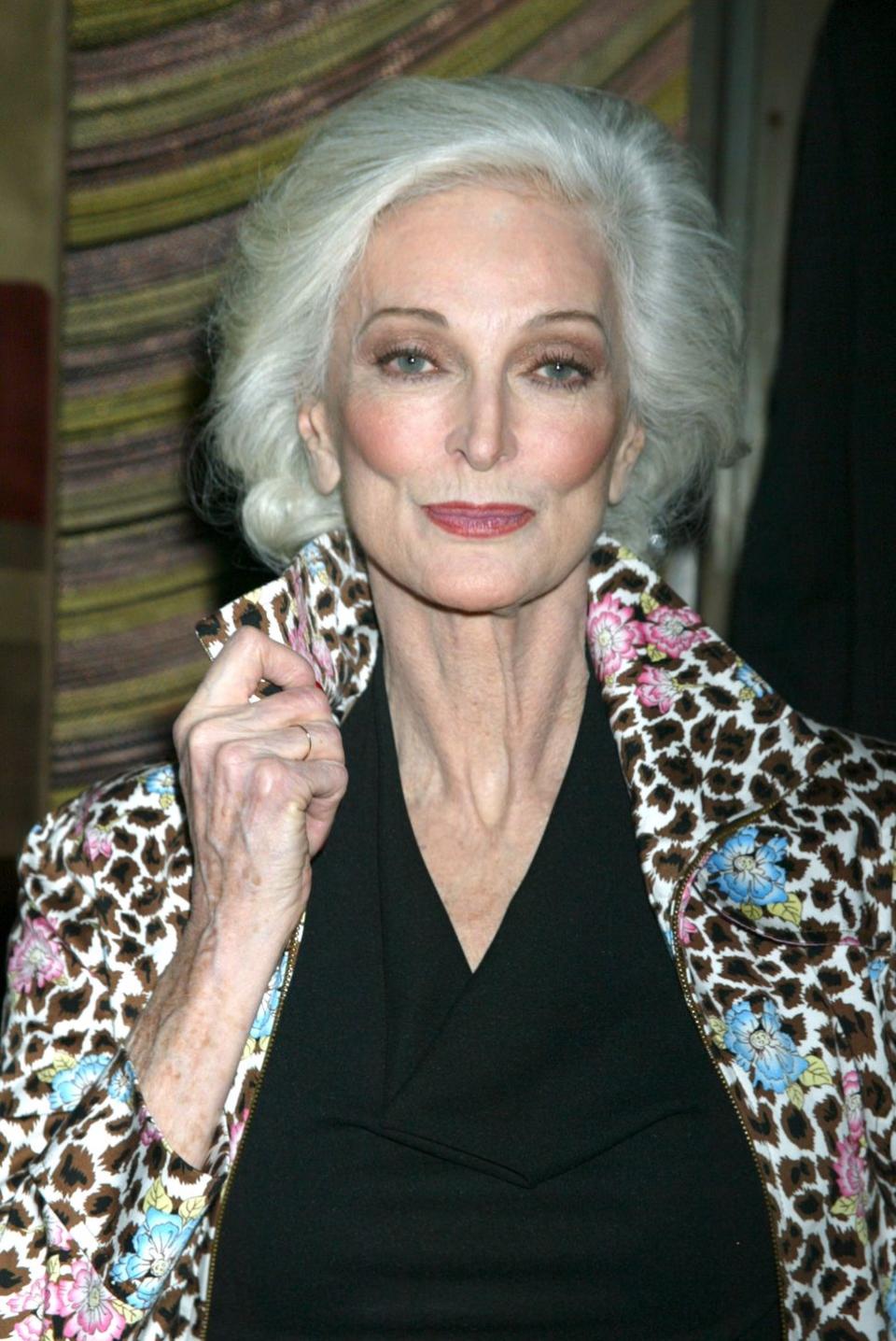
Are there color products you can use to ensure that your gray hair is bright and vibrant?
Given that gray hair tends to be a bit drier, it's necessary to add moisture to your haircare routine, whether that is through a deep conditioner, a shampoo, or your styling products.
Maddison at David Mallet suggests, "I love having clients with gray hair use a purple shampoo, it helps cancel out any yellow tones keeping your grays on the cool/white side."
Another great product to use is a gloss to prevent any brassiness, according to Hazan.
Is gray hair easier or harder to style?
Mistry explains "Once you've gone gray styling hair can become a little more difficult because the texture changes. If you are airdrying, it wont make much of a difference, but if you are trying to smooth it, it will require more moisture."
How do you add dimensionality to a head of hair that is fully gray?
"To give dimension to fully gray hair, you can add some soft lowlights an inch or two behind the hairline and under the part that will give you a more salt and pepper appearance and make your gray tones pop!” explains Cave.
However, if you're looking for more fashion forward dimension, Cristina suggests doing a darker gray root gloss, leaving the ends lighter and brighter. "It's the gray version of ombre hair."
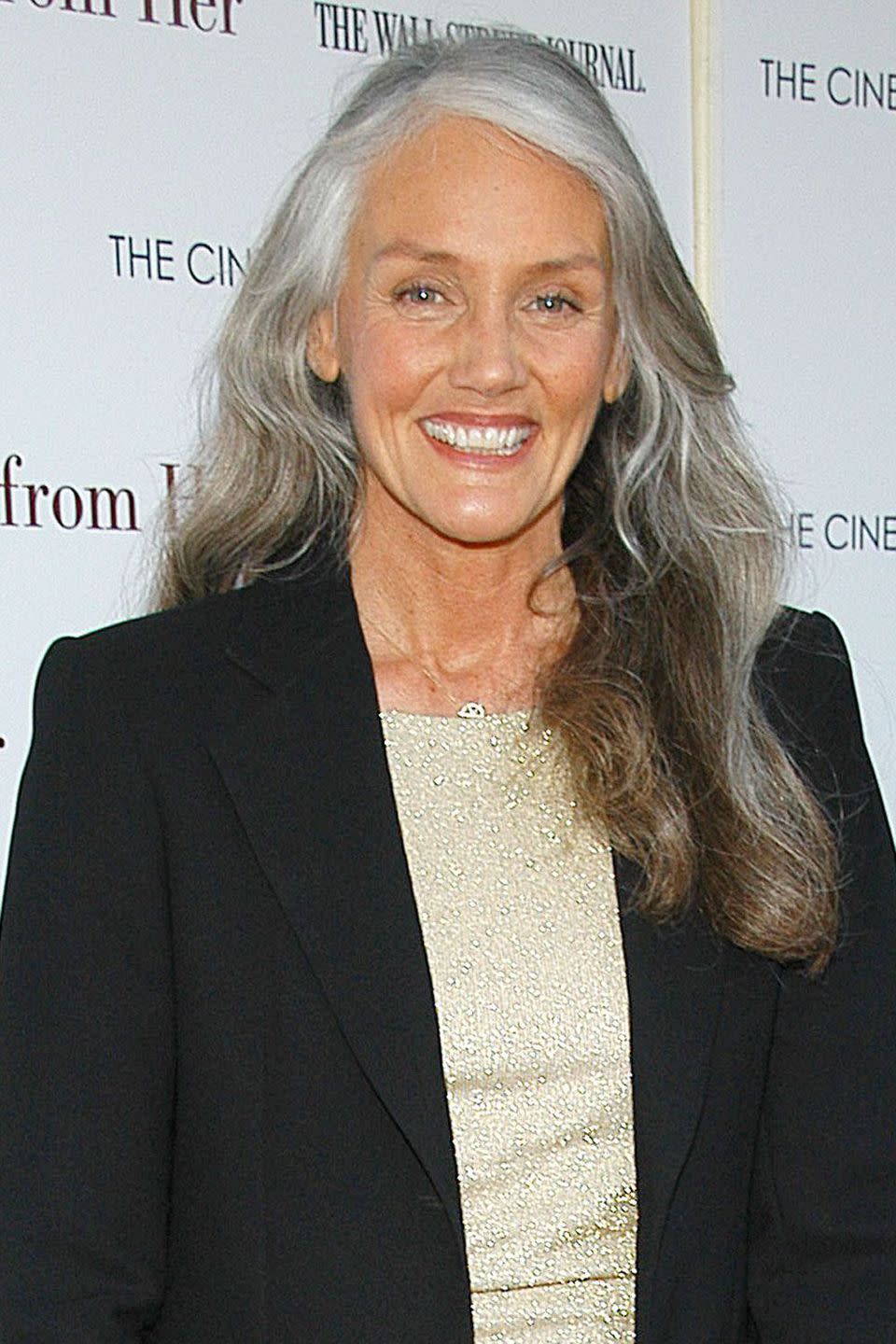
Do you have to adjust your haircut once your hair is totally gray?
Depends on your aesthetic. Some choose to wear their hair long and silver-others opt for a fresh cut to match their new hue; there's no wrong way to wear your gray.
('You Might Also Like',)

